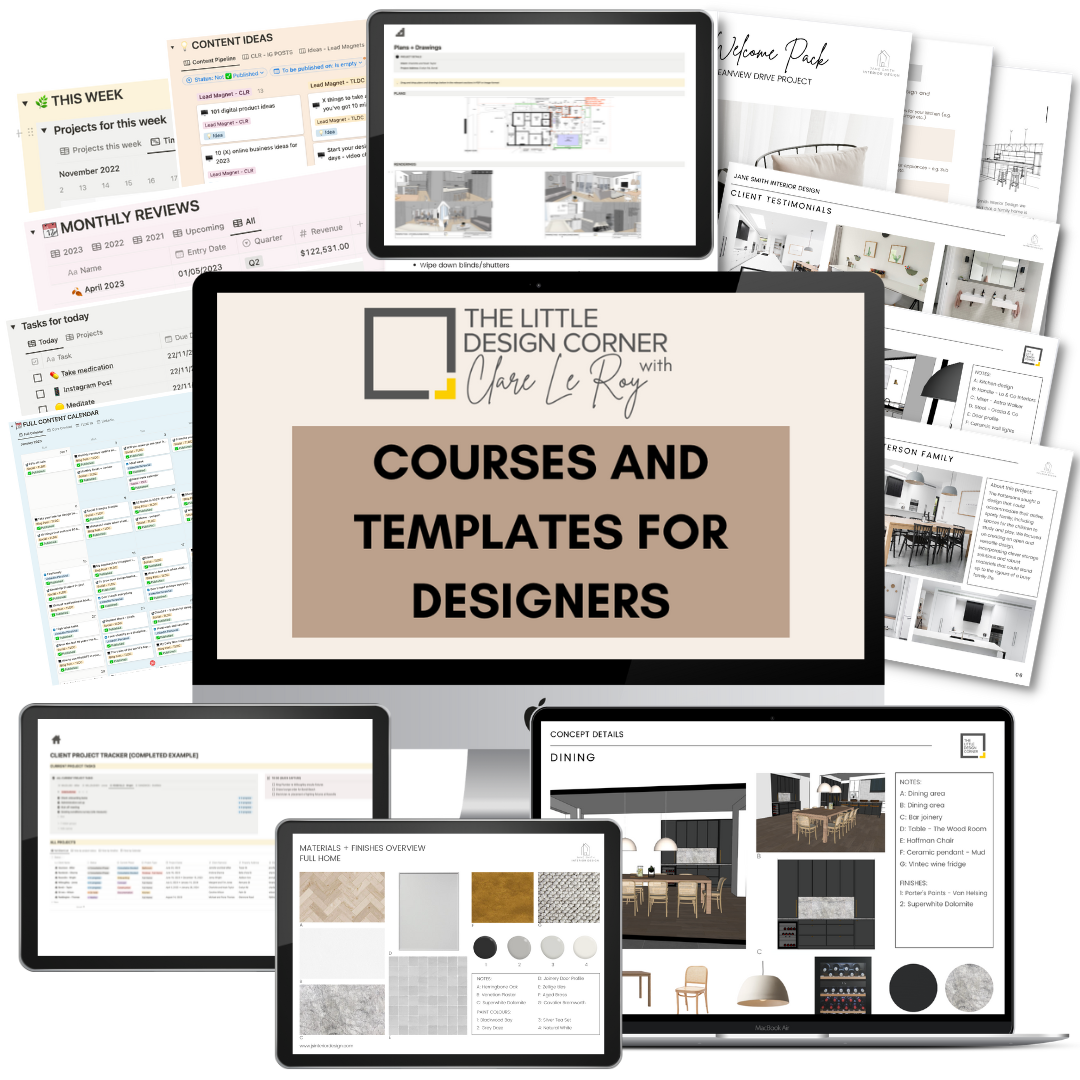Common mistakes made in the design industry
Mistakes are something that many designers worry about.
And rightly so, as mistakes can be expensive to fix, bad for your reputation and even result in legal disputes if things go really wrong.
Here are some common mistakes to look out for...
Misrepresentation of qualifications or capabilities: Promising services or results beyond skill level or certification.
Violation of contract terms: Failing to adhere to the specifics of a signed contract - e.g. timelines, budgets or scope of work.
Negligence in safety standards: Not adhering to safety regulations, building codes or using non-compliant materials.
Inaccurate or incomplete project documentation: Not maintaining detailed records of project plans, changes or communication.
Intellectual property infringement: Using copyrighted designs or other intellectual property without permission. Copying other designers’ work
Failure to obtain necessary permits: Conducting work without the required permits.
Breach of client confidentiality: Sharing confidential information about a client or their project without consent.
Faulty or substandard workmanship: Recommending or using low quality materials that do not meet the project's promised standards.
Inadequate insurance coverage: Not having sufficient professional liability or indemnity insurance to cover potential claims.
Mismanagement of client funds: Improper handling of deposits, payments or other financial transactions.
Hidden or undisclosed fees: Lack of transparency in billing or adding undisclosed charges (e.g. this happens a lot around trade discounts and markups).
Failure to communicate changes or delays: Not keeping the client informed about major project changes or delays.
Signing off on incorrect paint or finish colours: If it’s the designers’ mistake they will be required to fix this at their own expense.
Ordering the wrong quantities of materials: Always order at least 10-20% extra to account for wastage, but consult with the supplier for specific product recommendations.
Neglecting to check deliveries on arrival: Assign a responsible person to open and check deliveries to ensure correctness and quality. Sometimes these aren’t needed for many months and if there is damage when you open the product it will then be your responsibility to pay for a replacement.
Having materials, appliances or other orders delivered too early: This can lead to potential damage if they sit around on a building site for too long.
Ordering custom items in the incorrect fabrics or materials: Custom pieces are usually non-refundable. Make sure to double check custom orders and ensure materials are fit for purpose (e.g. commerical fabrics for commercial spaces)
Specifying materials that are not fit for purpose: For example: specifying the wrong slip rated tile for a bathroom or exterior space (opens designer up to liability if someone slips and falls over).
Here’s how to protect yourself from mistakes like these:
1: Have all clients sign a contract or design agreement: Get this prepared by a lawyer who is experienced in the design industry. Do not DIY your own legal work!
2: Have the correct insurance for the type of work you do. Be honest with your broker about the work you do and cover yourself properly.
3: Make sure the correct people are in charge of sign offs. Don't sign off on things that are not your responsibility. For example - for joinery drawings sign off on design intent, but do not approve joiners’ measurements for production.
4: Double check sign offs: Don’t do sign offs in a rush or while you are distracted. If you make a mistake you may be liable to fix it.
5: Include disclaimers on all your drawings and documentation: A lawyer can help you draft these in a way that will protect you if you end up in a legal dispute.
6: Make sure all decisions are documented in writing: E.g. if a decision is made on site with a client, send a follow up email to document the change. Document everything!
7: Communicate and over communicate everything! Even if you feel you're repeating yourself it's better to be safe than sorry.
Thanks for reading and catch you in my next post :)
Clare x
Dr Clare Le Roy
Courses and Templates for Designers and Architects
DO YOU WANT TO….
Improve your professionalism?
Find more clients?
Bring in more revenue?
Create better systems and processes?
Then check out my business courses and templates for designers and architects.
These courses and templates leave you with work done - not just a long list of things you need to do next. We have a really strong focus on taking action and getting things created that improve your business.








